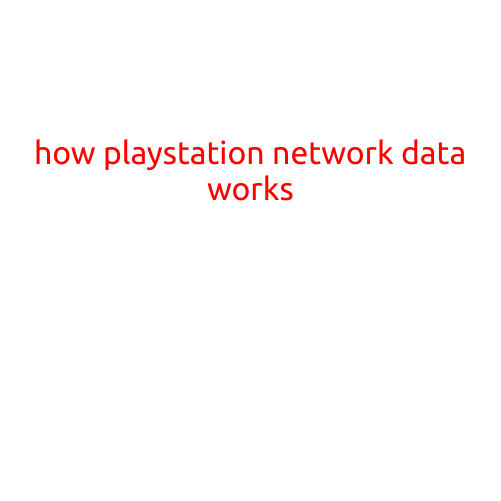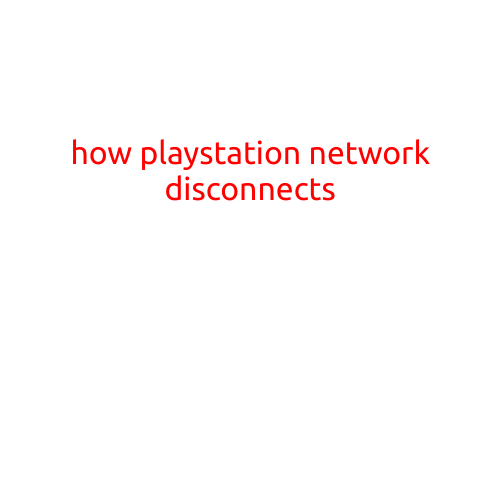
How PlayStation Network Data Works
The PlayStation Network (PSN) is a widely used online gaming platform that allows users to play games online, purchase digital content, and connect with other gamers. Behind the scenes, a complex system of data storage, processing, and transmission works together to deliver a seamless experience to millions of users around the world. In this article, we’ll delve into the inner workings of the PlayStation Network data infrastructure to understand how it all comes together.
Data Storage
The PSN data infrastructure is built around a cloud-based storage system, using Amazon Web Services (AWS) as its primary data storage solution. The cloud-based architecture allows for scalability, flexibility, and reliability, as servers can be easily added or removed as needed to accommodate changes in user activity.
The data storage component is divided into two main areas: primary storage and secondary storage. Primary storage is used for storing critical data, such as user accounts, game saves, and online multiplayer game data. This data is stored on highly available and durable AWS storage solutions, such as Amazon S3.
Secondary storage, on the other hand, is used for storing less critical data, such as game updates, DLCs (downloadable content), and game demos. This data is stored on lower-cost, higher-capacity storage solutions, such as Amazon S3’s Infrequent Access storage class.
Data Processing
Once data is stored, it needs to be processed and transmitted to users. The PSN uses a combination of on-premises data centers and AWS to handle data processing. Data centers are located in strategic locations around the world, including the United States, Europe, and Asia. These data centers are equipped with powerful servers, load balancers, and networking equipment to ensure fast and reliable data processing.
The processing component consists of multiple tiers, each designed to handle specific tasks. The first tier is the “broker” layer, which acts as an intermediary between the user’s device and the data centers. The broker layer receives data requests, authenticates users, and routes them to the correct data center. The second tier is the “server” layer, which handles data processing, caching, and compression. The third tier is the “database” layer, which manages the storage and retrieval of data.
Data Transmission
Once data is processed, it needs to be transmitted to users. The PSN uses a combination of internet protocols, such as TCP/IP and HTTP, to transmit data. Data is transmitted over high-bandwidth, low-latency networks, using Content Delivery Networks (CDNs) to reduce latency and improve user experience.
When a user initiates a data request, the PSN’s broker layer authenticates the user and routes the request to the correct data center. The data center then processes the request and transmits the requested data to the user’s device. To improve data transmission efficiency, the PSN uses techniques such as caching, compression, and packet optimization.
Security and Authentication
The PSN uses a multi-layered security approach to protect user data and prevent unauthorized access. Authentication is based on a combination of username and password, as well as two-factor authentication (2FA) using SMS or authenticator apps.
The PSN also uses encryption to protect data in transit. Data is encrypted using HTTPS, which provides end-to-end encryption and ensures that data is transmitted securely. Additionally, the PSN uses secure authentication protocols, such as OAuth, to authenticate users and authorize access to data.
Conclusion
The PlayStation Network data infrastructure is a complex system that relies on a combination of data storage, processing, and transmission systems to deliver a seamless online gaming experience to millions of users. By understanding how the PSN’s data infrastructure works, we can appreciate the efforts of the developers and engineers who make sure the network runs smoothly and securely. Whether you’re a casual gamer or a hardcore enthusiast, the PSN’s data infrastructure is essential to the enjoyment of online gaming, and its complexity is a testament to the power and reliability of modern technology.





